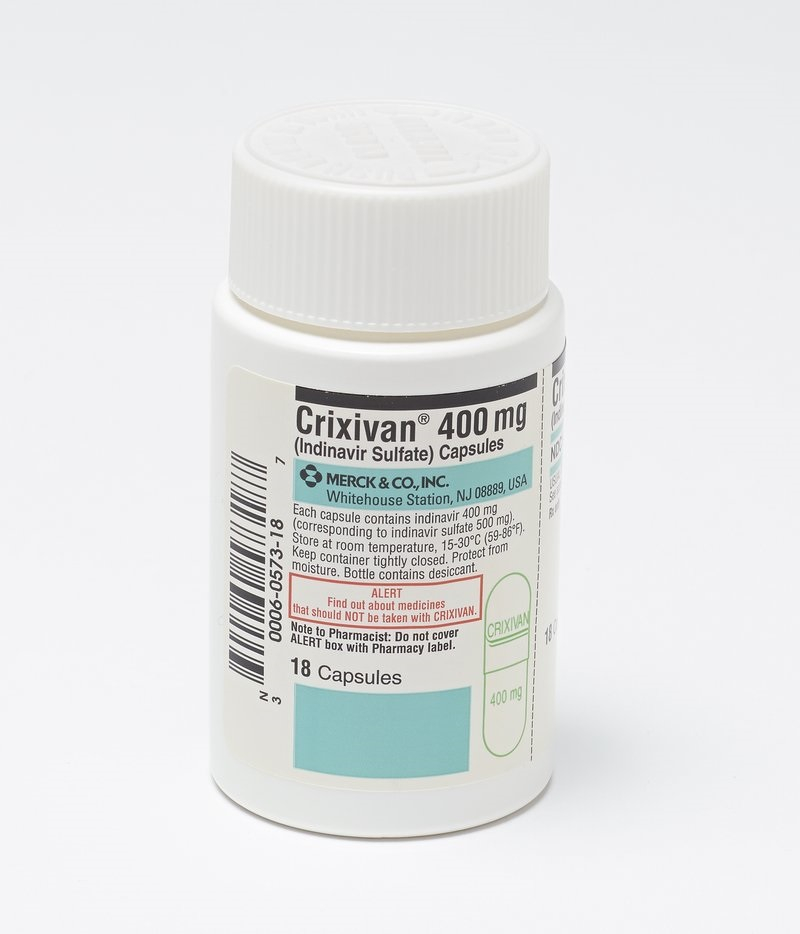HIV protease inhibitors

1981 saw the first reports of HIV infection in San Francisco and New York City; four years later, it was determined to be the primary cause of acquired immune deficiency syndrome (AIDS). However, thanks to protease inhibitors, an antiretroviral medication class used to treat HIV by preventing the HIV virus from entering specific cells in the body and replicating itself, the outlook for HIV has significantly improved over time. These drugs aim to lower the viral load—the quantity of HIV present in the body—to undetectable levels. This helps treat symptoms and slows the spread of HIV.
Protease inhibitors were not the initial HIV medication, but when used with other AIDS medications, they allowed doctors to maintain HIV levels in their patients at such low levels that AIDS never formed in their bodies. Of the 26 drugs approved by the FDA for the treatment of HIV, 10 are protease inhibitors, including atazanavir (Reyataz), darunavir (Prezista), fosamprenavir (Lexiva), indinavir (Crixivan), lopinavir/ritonavir (Kaletra), nelfinavir (Viracept), ritonavir (Norvir), saquinavir (Invirase), tipranavir (Aptivus), atazanavir/cobicistat (Evotaz), darunavir/cobicistat (Prezcobix).
Discovered in: 1989 and 1994
Discovered by: Researchers working for the pharmaceutical companies of Hoffmann- La Roche Inc.
Usage: Help with the treatment of HIV








